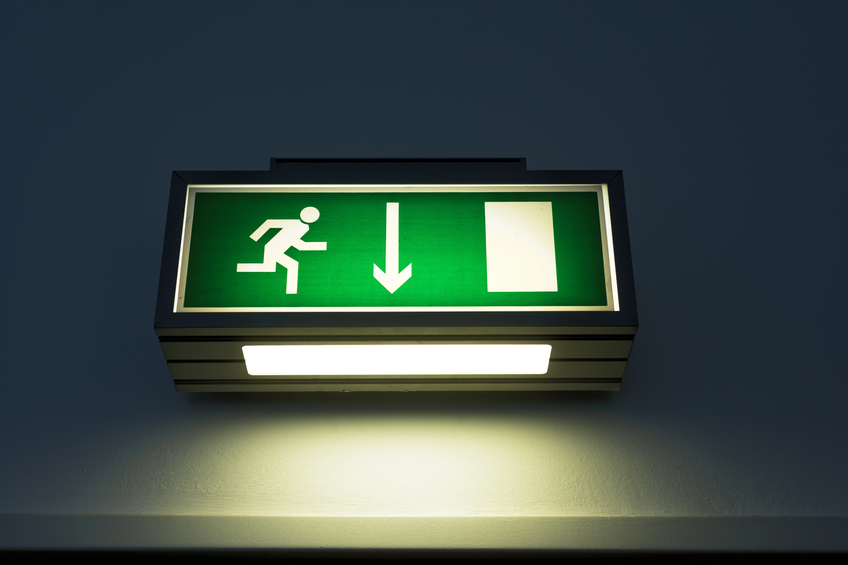Unless they’re working in complete darkness, workers may not pay too much attention to lighting in the workplace. But poor lighting can contribute to accidents whether workers notice it or not. Here’s some advice on lighting the workplace for safety. The good news is that poor lighting is usually an easy fix that enhances safety in critical ways.
 |
Shed Some Light
Proper lighting has been shown to reduce both accidents and ergonomic injuries. Here’s what the right light can do for your workers:
- Makes hazards easier to see. Workers are more likely to see obstructions and tripping hazards and to avoid collisions and falls when light levels are adequate. In addition, in an area such as a warehouse where bright light is not usually considered necessary, better lighting can improve workers’ ability to perform tasks like equipment inspections or reading labels, which can enhance safety.
- Improve alertness. Studies have shown that workers on third shift are more alert under bright lighting than dim—you may need to provide more lighting for them than for workers on first or second shift.
- Improve security. Improved security lighting can reduce the possibility of assault and reduce theft and vandalism, which can lead to assault or injury.
- Reduce eyestrain. For tasks requiring attention to detail, bright lighting is a must. Without it, workers will experience headaches, nausea, and other symptoms of eyestrain. The right lighting for this type of task also takes glare into account; glare and insufficient illumination both contribute to eyestrain.
Brighten Your Corner
Improving lighting doesn’t have to be difficult. Some simple, low-cost ways to improve lighting in your workplace include:
- Clean your fixtures. The cost is negligible and the benefits can be enormous. Just cleaning your light fixtures can improve the light output from existing bulbs.
- Paint the walls and ceiling. Light-colored paint will reflect the light from your existing fixtures, improving illumination. Consider whether a lighter color on machinery and work surfaces could also improve overall visibility and illumination.
- Let the sun shine in. Are there windows in your workplace that have been painted over or walled off? Open them back up! Consider replacing some of your roofing panels with skylights. Natural light is one of the best lighting sources for humans.
- Install dimmers. After dark, bright artificial light can help workers stay alert. To reduce artificial light when natural light is available, and increase artificial light after the sun goes down, consider installing dimmers or installing new light fixtures exclusively for use by third-shift employees.
- Install task lighting. Light that would be too bright for comfort (and too expensive for the budget if you tried to provide it everywhere) may be ideal if focused on a small area, such as a worker’s desk. Arrange task lighting based on the job being performed:
- Backlighting sets an object off from the background.
- Overhead lighting that hits an object at an angle reveals detail and texture.
- Front lighting that hits an object directly reveals detail, but can conceal texture.
- Reduce shadows and glare. Blinds or curtains enable workers to control glare from windows. Flexible arms on task lights permit them to be moved so that they provide the best light with the least glare. Matte paints in the workplace will allow light to be reflected but will minimize glare.
Tomorrow, we’ll look at another type of safety-related lighting: emergency lighting.
